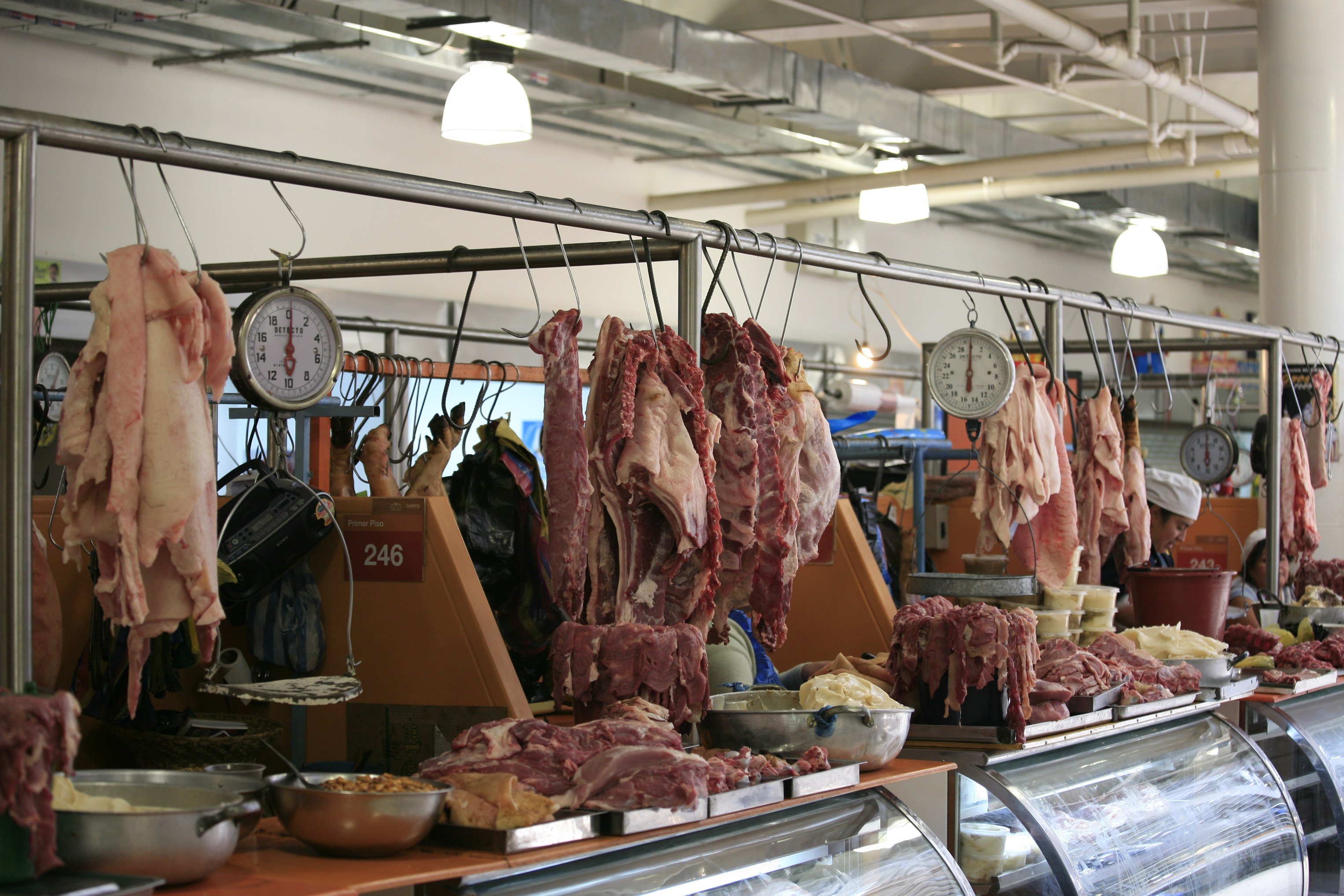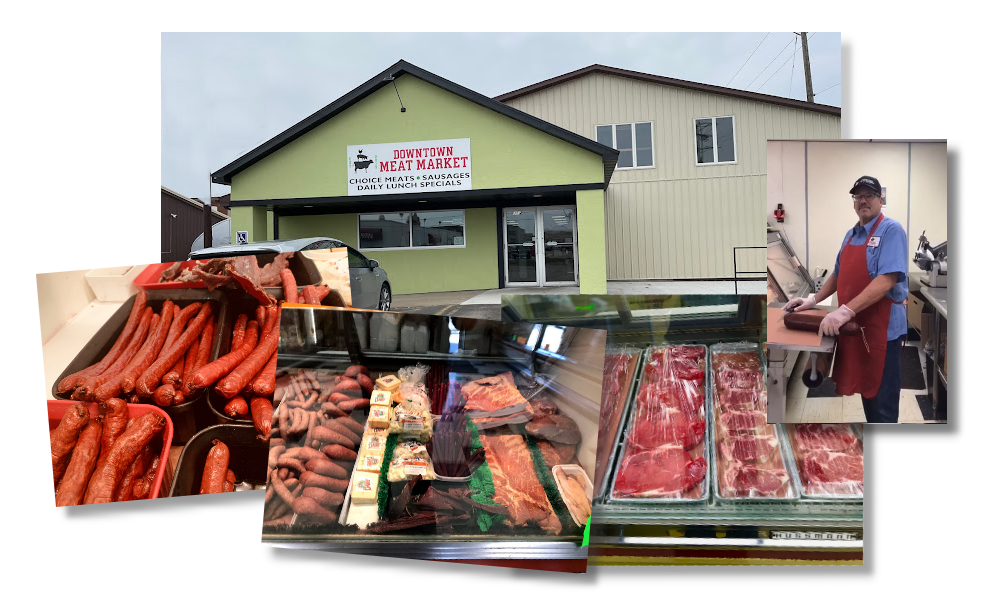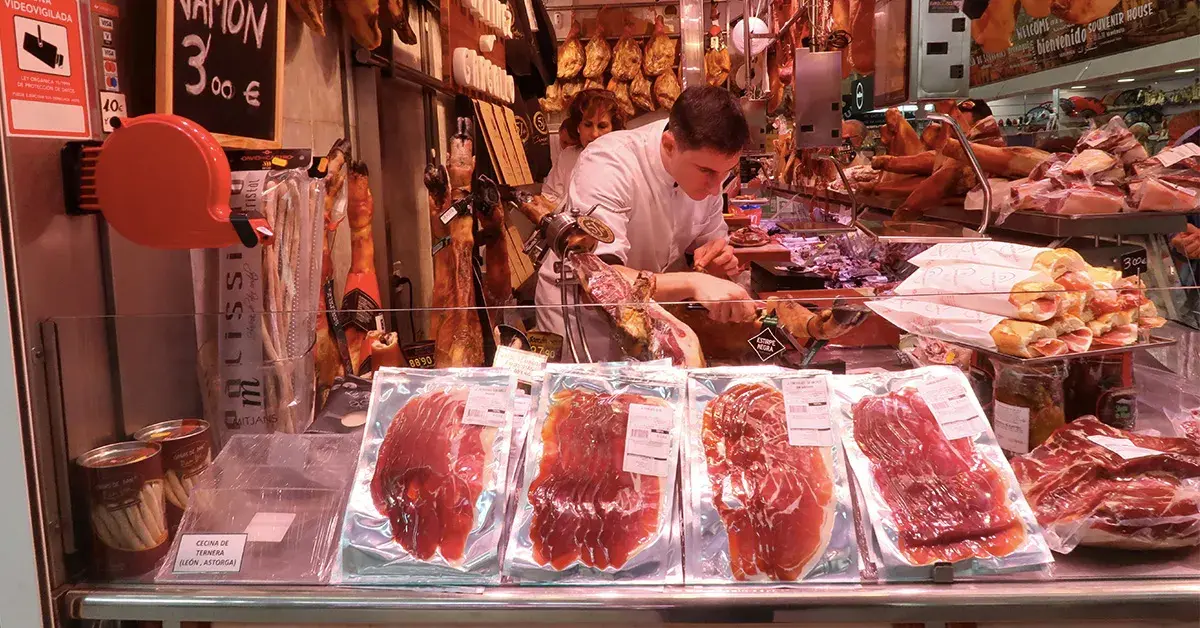What Makes Bagley Farms Meat Market Edwardsville IL Attract Attention for Meat Lovers
What Makes Bagley Farms Meat Market Edwardsville IL Attract Attention for Meat Lovers
Blog Article
Uncover the Art of the Butcher's Cut in a Modern Meat Market
In the ever-evolving landscape of modern meat markets, the butcher's cut has transcended its traditional roots, combining age-old workmanship with contemporary methods. bagley farms meat market edwardsville il. Today's butchers are not simply cpus of meat; they are educated artisans that highlight sustainability and ethical sourcing. Their proficiency in choose and preparing cuts customized to particular cooking needs uses an unparalleled dining experience. Yet, what truly establishes the contemporary butcher apart is their ability to build a deeper connection in between consumers and the origins of their meat. Just how do these masters balance practice with development, and what effects does this have for the future of meat intake?
Advancement of Butchery Techniques

The mid-20th century saw butchery techniques better refined by scientific understandings right into muscle biology and meat aging, enhancing both tenderness and preference. Technologies like vacuum packaging and refrigeration prolonged item shelf-life, allowing butchers to diversify offerings and enhance top quality control. This duration also marked the surge of customized devices, such as band saws and meat slicers, which boosted accuracy and efficiency in meat handling.
Electronic systems currently help in tracking animal provenance and enhancing cuts to meet specific client preferences. Additionally, a rebirth in artisanal butchery has emerged, blending standard skills with contemporary knowledge to provide to consumers seeking ethical and lasting meat alternatives.

Understanding Meat Cuts

Comprehending the ins and outs of meat cuts is necessary for both butchers and customers seeking high quality and value. Each cut originates from a different part of the animal, imparting distinct flavors, structures, and food preparation approaches. Proficiency of these distinctions not just enhances culinary experiences but likewise takes full advantage of the utility of each carcass. For butchers, exact cuts mirror ability and regard for the craft, making certain marginal waste and ideal yield.
The primary groups of meat cuts include primal, sub-primal, and retail cuts. Primal cuts, such as the loin, rib, and chuck, are the large sections originally separated from the carcass. Butchers after that damage these down better into sub-primal cuts, prior to ultimately creating retail cuts offered to customers, like ribeye or tenderloin. Each phase requires cautious focus to physiological framework and muscle composition.
Understanding muscle mass structure is crucial; muscular tissues used more frequently by the pet often tend to be harder and are best suited for slow cooking methods, while less-used muscle mass, like those located in the loin, are much more tender and suitable for grilling or roasting. Familiarity with these distinctions encourages customers to make informed options, improving their culinary endeavors.
Selecting Top Quality Meat
Selecting the right meat includes even more than just picking an aesthetically enticing item from the display screen. The art of picking high quality meat calls for a critical eye and knowledge of particular qualities that symbolize freshness and excellence.
Secondly, think about the marbling, which refers to the white flecks of fat within the muscle mass. Correct marbling is a vital indicator of inflammation and taste, as it melts during cooking, enhancing the meat's juiciness. Bear in mind, higher marbling typically associates with exceptional high quality cuts, such as USDA Prime.
Texture is another important factor; meat ought to really feel firm to the touch, not slimed or overly soft. Additionally, bear in mind the fragrance. Fresh meat needs to have a tidy, neutral odor, without any sour or repulsive odors.
Matching Cuts With Food Preparation Methods
Effectively combining cuts of meat with the proper cooking techniques is important for accomplishing optimum flavor and structure. Various cuts differ in tenderness, marbling, and connective tissue web content, each calling for certain strategies to unlock their potential. For example, tender cuts like filet mignon and ribeye, with their inherent marbling, advantage from navigate here high-heat, quick-cooking methods such as barbecuing or pan-searing. These techniques enhance the meat's natural tastes and ensure a juicy surface.
Alternatively, harder cuts like brisket and chuck roast are rich in collagen, which breaks down right into jelly when cooked slowly. These cuts are excellent for braising or slow roasting, enabling the meat to soften over time and establish deep, complex tastes. Similarly, cuts such as short ribs and pork shoulder prosper with slow-cooking approaches, where prolonged cooking times transform their durable structures into succulent meals.
Lamb shanks and oxtail, which require extended cooking to soften, are ideal candidates for stewing or slow simmering. These approaches coax out rich, passionate tastes while preserving wetness. By comprehending the one-of-a-kind features of each cut, cooks and home chefs alike can elevate their cooking productions, making sure each meal is both satisfying and memorable.
The Butcher's Role Today
Navigating the advancing landscape of the contemporary meat market, the butcher's role today expands beyond simple preparation of cuts. Contemporary butchers are cooking artisans, educators, and supporters for lasting methods. They connect the void in between the farm and the fork by making sure moral sourcing, understanding animal husbandry, and prioritizing transparency in the supply chain. This additional reading shift reflects the growing consumer demand for top quality over quantity, where provenance and animal well-being are extremely important.
Along with crafting accurate cuts, butchers now engage straight with consumers, using cooking advice and customizing selections to match individual needs and preferences. Their know-how in meat aging, marbling, and flavor accounts equips consumers to make enlightened choices, enhancing their culinary experiences. This customized solution exhibits the butcher's developing function as a trusted advisor in the kitchen.
In addition, butchers are critical in decreasing waste, using entire pets to create diverse products such as sausages and supplies - bagley farms meat market edwardsville il. This extensive approach not only values the animal but additionally straightens with modern sustainability objectives. This way, the contemporary butcher personifies both my site custom and innovation, adapting to an ever-changing market while protecting the artistry and stability of their craft

Final Thought
The modern butcher's craft intricately weaves standard techniques with contemporary advancements, emphasizing lasting techniques and ethical sourcing. Proficiency in recognizing diverse meat cuts and top quality indications empowers butchers to give informed referrals, straightening details cuts with optimum food preparation approaches. This competence not just raises culinary experiences however also reinforces the connection between consumers and the beginnings of their food. By honoring historical methods while accepting contemporary demands, the butcher's duty remains vital in today's innovative meat market.
Report this page